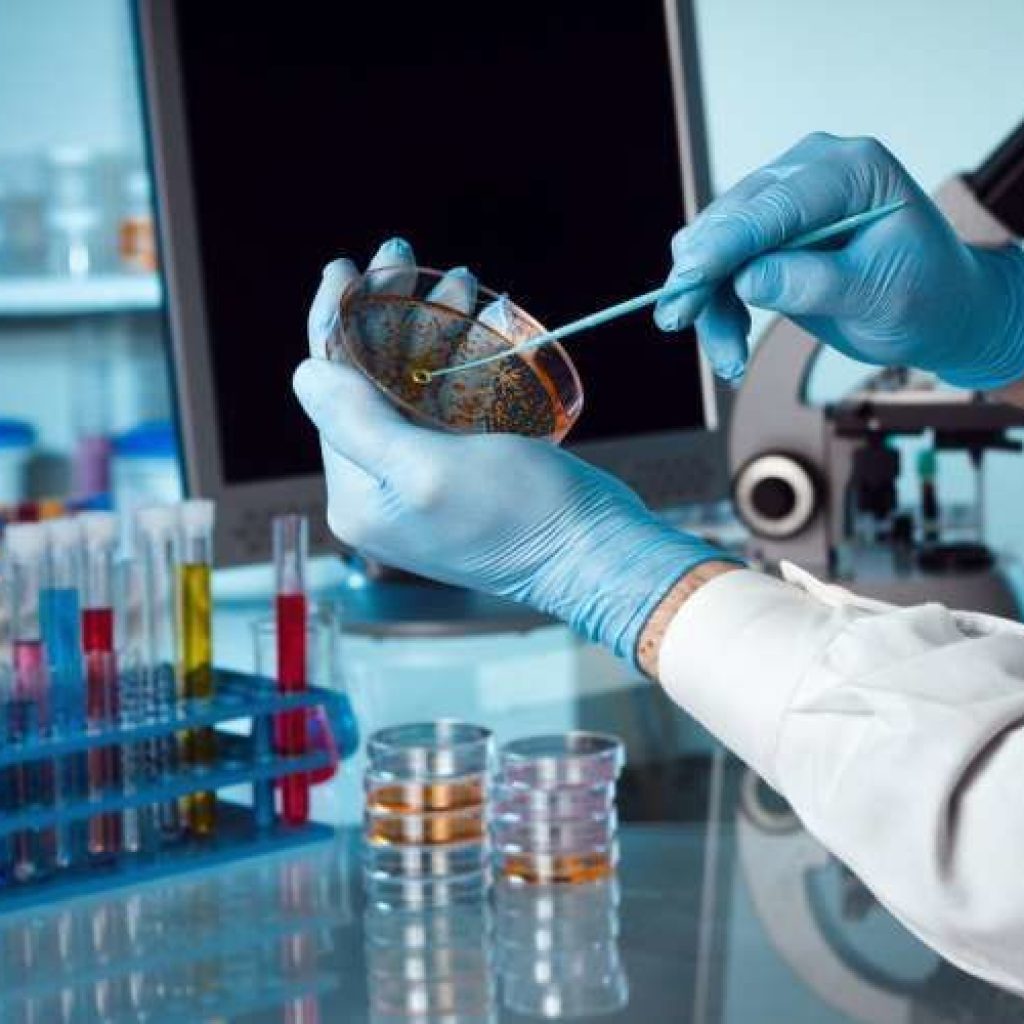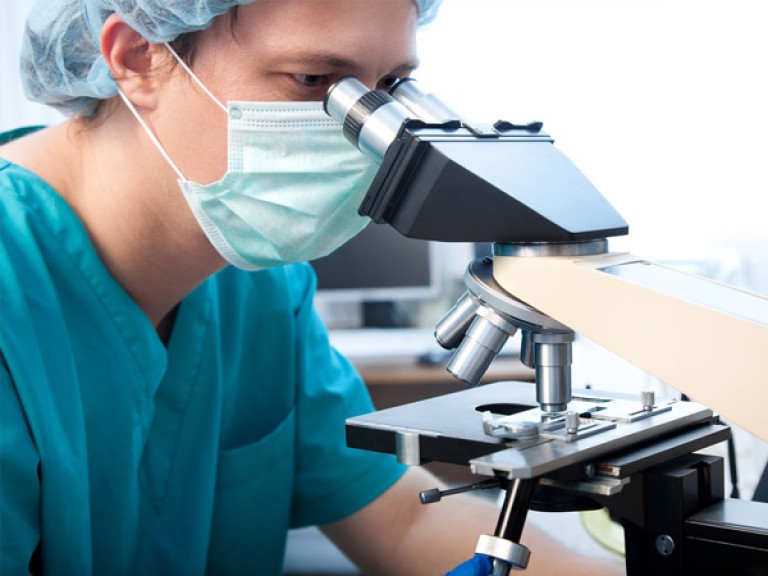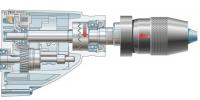Rules for taking a stool test for coprogram
Contents of the article: classList.toggle()">toggle
A coprogram is a study of stool, during which its microscopic, chemical and physical characteristics are determined. During the study of stool, it is possible to diagnose many types of diseases of the organs, in particular, the pancreas, stomach, liver, determine the speed of passage of the food coma throughout the digestive system and the level of absorption of nutrients in the intestine.
How to get tested for coprogram? How to prepare for research? How to correctly collect feces for coprogram to obtain reliable results? You will find the answer to these and other questions you are interested in in our article.
How to prepare for the test
Carrying out a stool test for coprogram requires some preparation, which is necessary to obtain the most accurate results. The rules for passing a coprogram are quite simple.
It is very important to stop taking all medications about a week before the test, or better yet 10 days.
First of all, this applies to rectal suppositories that have a fat base, all kinds of bismuth preparations, laxatives, enzyme group preparations, and other medications that in one way or another can affect the functioning of the digestive system and the basic processes of assimilation of elements. On the eve of collecting the material, you should not do enemas for about 2 days.
It is also important to remember that after any hardware tests, including ultrasound, as well as x-rays of the intestines or stomach, you can take the test only after 2-3 days.
It is important to follow a special diet before taking a stool test.. Within 4 - 5 days before collecting material for research, the patient's menu should consist of dairy products, mashed potatoes, a variety of cereals cooked in water or milk, white bread with natural butter, a small amount of fresh fruit and 1 - 2 boiled chicken eggs. soft-boiled You should eat 5 times a day in small portions, avoiding overeating.
How to properly submit feces for coprogram
Collecting material for research also requires compliance with certain rules. Despite the fact that the collection requirements are quite simple, the procedure must be performed as carefully as possible.
To correctly pass a stool test for coprogram, an adult must:

It is best to use special plastic sterile containers (containers) for donating feces for coprogram, which can be purchased at any pharmacy today. Do not collect feces in wooden or cardboard boxes, or in food-grade containers.
It is important that the total amount of feces collected for the study is about 15 - 20 grams, which is equal in volume to a teaspoon.
It is best to submit stool for examination early in the morning, bringing the material to the laboratory as soon as possible after collection, since the sooner the stool is submitted for examination, the more accurate the result will be.
If the patient’s body is accustomed to defecating in the evening, then it is allowed to collect material for research during this period, but it must be stored until the morning in the refrigerator at a temperature no higher than 5 degrees and no more than 8 hours. The container should be placed in the refrigerator immediately after collecting the material and attaching the information tag to it.
In the morning, it is very important to deliver the prepared container to the laboratory for testing as quickly as possible. In most cases, the results of the capprogram are ready within 2 or 3 days, but sometimes the study can take 5–6 days.
How is coprogram performed?
When carrying out a coprogram, the physical, biochemical and microscopic data of the material received for research are assessed.
In you can see data about:
- The appearance of the resulting material.
- Density of the studied feces.
- The smell of feces, which normally should be specific.
- The color of feces, while their coloring can be either normal or pathological.

12 055 0

1 902 0

4 986 0
- The presence of impurities, in particular, remnants of undigested food, bloody inclusions, veins, lumps of mucus, purulent elements.
- Possible presence of gallstones or pancreatic stones, and their excretion along with feces.
- The presence of helminths in a mature form.
Conducting a microscopic examination makes it possible to accurately assess the level of functioning of the digestive system and the ability of the gastrointestinal tract to digest certain foods.
Microscopic examination can accurately determine the composition of feces and identify possible disturbances in the functioning of the organs of the digestive system by the presence of various impurities, for example, fatty acids and their salts, different types of starch, epithelial cells, particles of muscle fibers with and without blackening, plant fiber in digested and undigested form, as well as erythrocytes and leukocytes.
It is microscopic examination that constitutes the main part of the coprogram and has the most important diagnostic value in determining the level of functioning of the digestive system and major organs.
A biochemical study of the obtained material makes it possible to determine the pH of the feces, the presence of hidden blood elements, stercobilin and bilirubin in them.
Possible analysis results
The normal values of the coprogram can be considered the receipt of certain results in macroscopic and physical examination.
Macroscopic and physical examination normally has the following results:
The following can be considered the norms of physical research:
Normal values for microscopic examination:
| Indicator name | Meaning |
| Muscle fibers with blackening | Absent (-) |
| Muscle fibers without blackening | Single, in the preparation |
| Neutral fat | Absent (-) |
| Connective tissue | Absent (-) |
| Fatty acid | Absent (-) |
| Intracellular starch | Absent (-) |
| Extracellular starch | Absent (-) |
| Digested vegetable fiber | Single, in the preparation |
| Normal iodophilic flora | Single, in the preparation |
| Pathological iodophilic flora | Absent (-) |
| Slime | Absent (-) |
| Crystal forms | Absent (-) |
| Squamous epithelial cells | Absent (-) |
| Columnar epithelial cells | Absent (-) |
| Red blood cells | Absent (-) |
| Leukocytes | Absent (-) |
| Helminth eggs | Absent (-) |
| Yeast type fungi | Absent (-) |
| Protozoa | Absent (-) |




